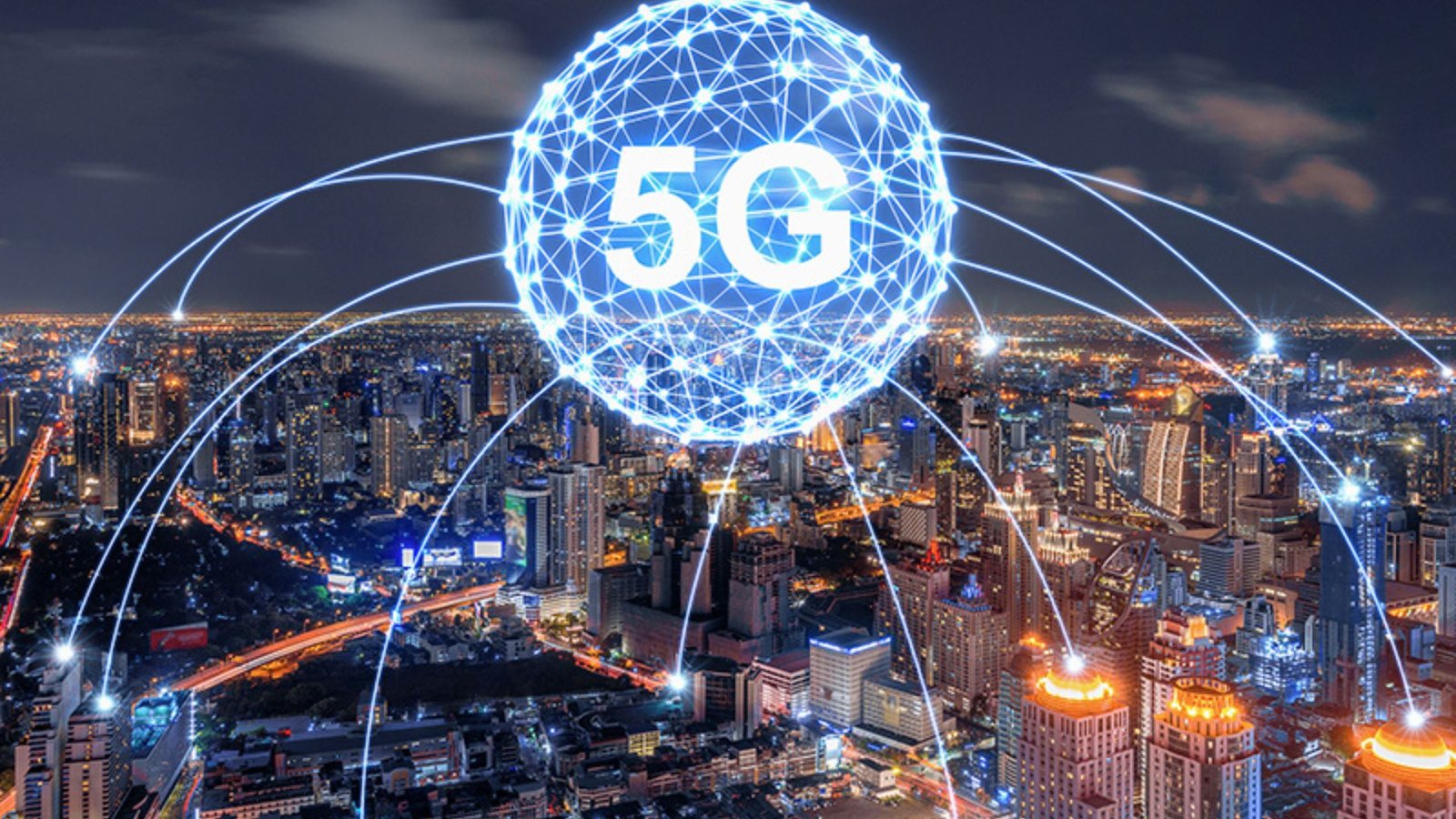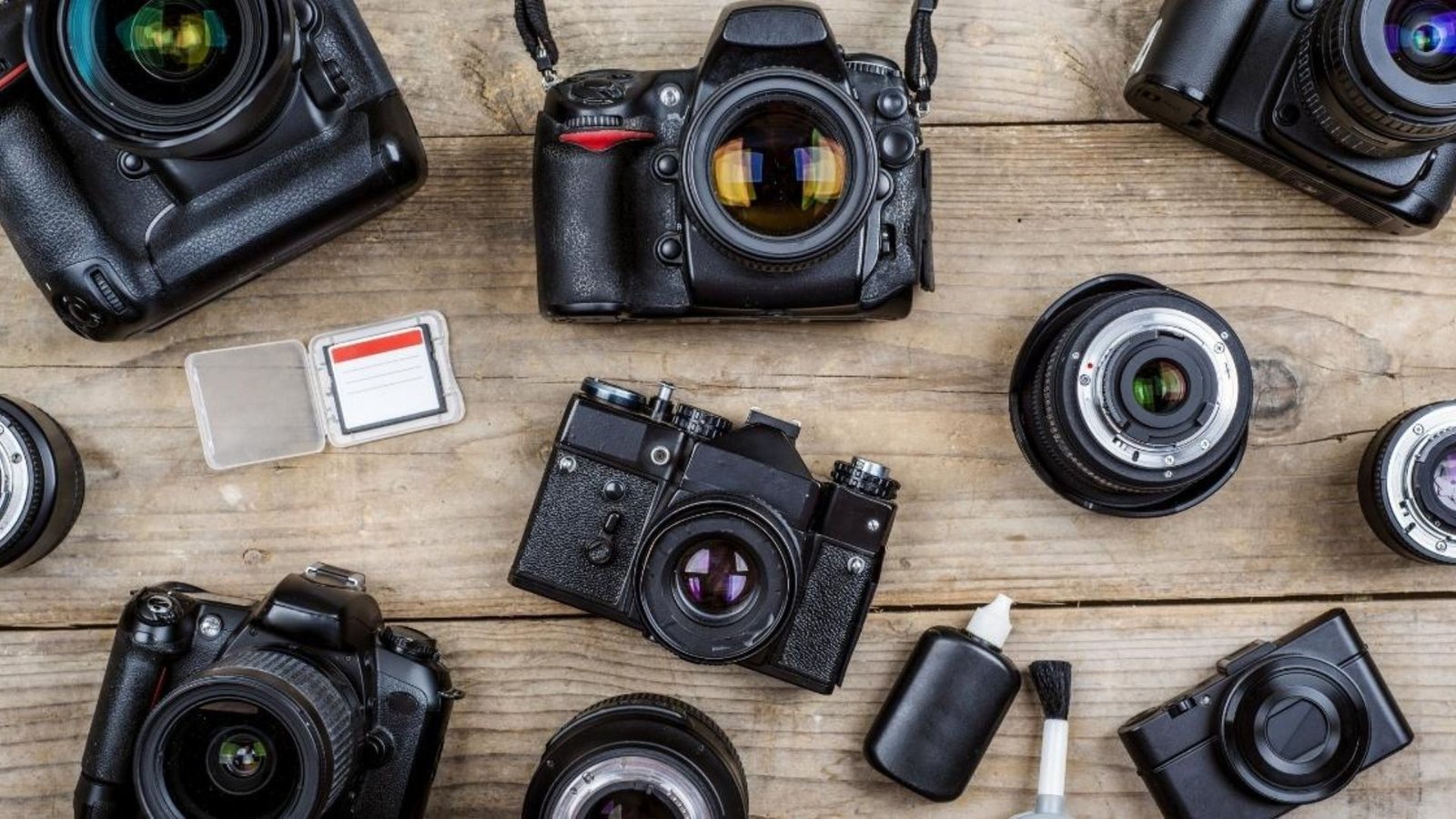The advent of 5G technology is revolutionizing various aspects of our digital lives, and mobile photography is no exception. With its faster speeds, lower latency, and improved connectivity, 5G is poised to elevate mobile photography to new heights. Here’s a look at how 5G technology is impacting mobile photography.

Faster Upload and Download Speeds
One of the most significant advantages of 5G technology is its lightning-fast upload and download speeds. For mobile photographers, this means being able to share high-resolution images and videos instantly. Whether you’re uploading to social media, sending files to clients, or backing up your photos to the cloud, 5G drastically reduces the time it takes, enabling real-time sharing and collaboration.
Enhanced Cloud Integration
With 5G, cloud-based services become even more integral to mobile photography. Photographers can store, edit, and manage their photos in the cloud without worrying about lag or slow transfer times. This seamless integration allows for easy access to large libraries of images from anywhere, enhancing both workflow efficiency and creative flexibility. Additionally, the ability to back up photos instantly ensures that your work is always safe and accessible.
Real-Time Editing and Collaboration
5G’s low latency opens up new possibilities for real-time editing and collaboration. Mobile photographers can now use powerful cloud-based editing tools directly on their devices, making adjustments on the fly without the need for a high-end computer. This capability is particularly beneficial for professionals who need to edit and deliver photos quickly, such as in event photography or journalism.
Moreover, 5G allows for real-time collaboration with other creatives. Photographers can work with editors, designers, or clients simultaneously, making it easier to finalize projects without the delays associated with traditional file transfers.
Enhanced Augmented Reality (AR) Features
5G technology is also boosting the capabilities of augmented reality (AR) in mobile photography. Faster data transfer speeds and reduced latency mean that AR features, such as virtual try-ons or dynamic photo filters, can be applied more smoothly and with greater accuracy. This enhancement not only improves the user experience but also opens up new creative avenues for mobile photographers who want to experiment with cutting-edge techniques.
Improved Live Streaming and Social Media Integration
For photographers who incorporate video into their work, 5G enables high-quality live streaming with minimal buffering. This improvement is particularly useful for content creators who rely on platforms like Instagram, YouTube, or TikTok, where live interactions with audiences are key. The ability to stream in 4K resolution directly from a mobile device without lag enhances the quality of content and helps creators connect with their audiences more effectively.
Expanded Creative Possibilities
Finally, 5G technology expands the creative possibilities for mobile photographers by supporting more advanced applications and features. With the enhanced processing power and connectivity that 5G offers, mobile photography apps can integrate AI-driven enhancements, real-time effects, and advanced computational photography techniques more effectively. This evolution allows photographers to push the boundaries of what’s possible with mobile devices, creating images that rival those produced with professional equipment.
Conclusion
The impact of 5G technology on mobile photography is profound, bringing faster speeds, improved cloud integration, real-time editing, and enhanced creative possibilities. As 5G becomes more widespread, it will continue to transform the way photographers work, collaborate, and create, making mobile photography more dynamic and versatile than ever before.










